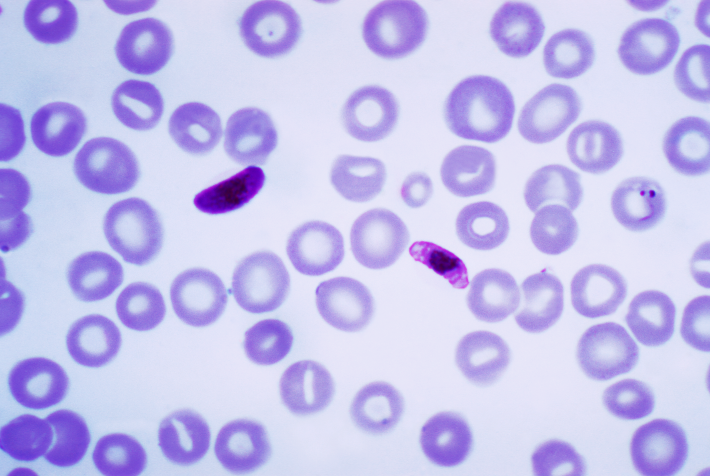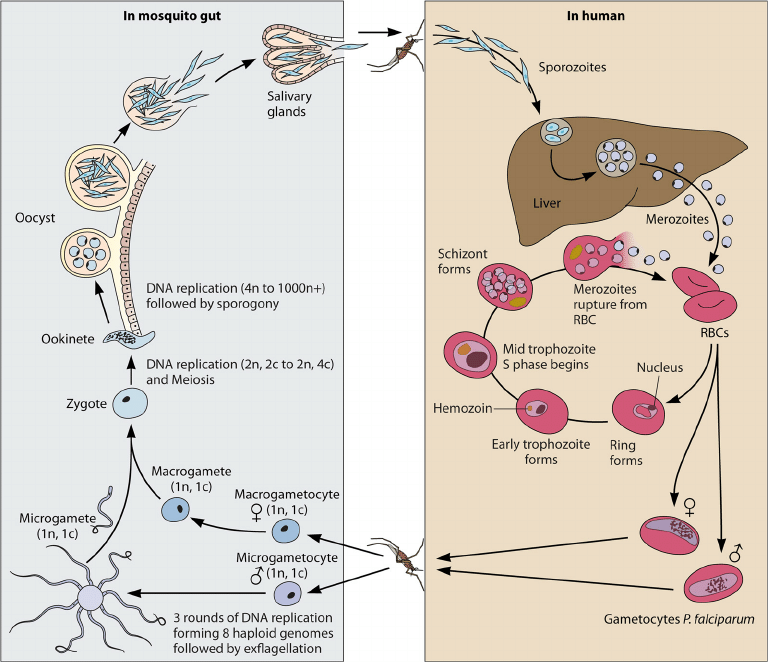Facing Malaria: Anecdotes from the Field
Bridging the Gap: Knowledge for a Malaria-Free Future
Welcome to this blog, a hub for sharing essential information in the ongoing fight against malaria. Our goal is to equip public health officials, aid workers, and concerned citizens with the latest scientific breakthroughs, success stories, and challenges in treating this devastating disease.
Harnessing Synergies: Regional Perspectives
Through partnerships with regional organizations in malaria-endemic areas of Africa and Asia, this blog explores the unique challenges and successes they encounter. We will highlight a range of approaches, from community-driven initiatives to large-scale government-led campaigns. By examining these real-world experiences, we gain invaluable insights into effective strategies for reducing malaria prevalence and improving healthcare outcomes in the hardest-hit regions.
Voices from the Field: Conversations with Heroes in Healthcare
Prepare to hear firsthand stories from the brave healthcare professionals who are battling valiantly to prevent, identify, and treat malaria in their communities. We'll delve into their experiences, struggles, and victories through in-depth interviews, offering an insight into the day-to-day operations of malaria control initiatives and the significant influence their work has on the lives of those they assist.
Enhancing Domestic Manufacturing: The Effect of Artepal's Technology Transfer
Making sure people have access to efficient treatments like Artemisinin-based Combination Therapies (ACTs) is one of the most important parts of controlling malaria. We'll highlight through case studies how Artepal's technology transfer initiatives have enabled local production of ACTs in particular countries, thereby promoting sustainable solutions and strengthening healthcare infrastructure to more effectively combat malaria.
Plasmodium: The Cunning Enemy of Malaria

Malaria is known to be caused by five species of Plasmodium parasites, the most common of which are Plasmodium falciparum and Plasmodium vivax. The female Anopheles mosquito bite is the mode of transmission. The parasite goes through a complicated life cycle in the human host after being injected. The parasite first becomes fully grown in the liver before moving on to infect red blood cells. Malaria is characterized by cyclical fevers and chills that are caused by the parasite replicating asexually within these cells. Anemia and other complications are brought on by the rupture of infected red blood cells, which is another effect of this erythrocytic cycle. Severe cases, especially those brought on by a P. falciparum infection, can lead to potentially fatal sequelae like organ failure and respiratory distress. To effectively prevent, diagnose, and treat malaria, it is imperative to comprehend the life cycle of Plasmodium and its effects on the human host.
Plasmodium: The Devious Agent of Malaria
Malaria is caused by five species of Plasmodium parasites, with Plasmodium falciparum and Plasmodium vivax being the most prominent. This disease, transmitted by mosquitoes, continues to pose a major global health risk, especially in tropical and subtropical areas.
A Cunning Invader: The Plasmodium Life Cycle

The Plasmodium life cycle is a complex and destructive sequence of events within the human body, detailed as follows:
- Mosquito Bite: The cycle begins when an infected female Anopheles mosquito transmits Plasmodium sporozoites, the infectious form of the parasite, through its bite.
- Liver Invasion: The sporozoites travel to the liver, where they mature and undergo asexual reproduction, producing thousands of merozoites.
- Red Blood Cell Assault: These merozoites then leave the liver, entering the bloodstream and invading red blood cells, initiating the erythrocytic cycle.
- Asexual Replication Within Red Blood Cells: Inside the red blood cells, the parasites replicate asexually, generating more merozoites. This rapid multiplication causes the characteristic cyclical fevers and chills of malaria.
- Red Blood Cell Rupture and Relapse: Eventually, the merozoites burst out of the red blood cells, destroying them and leading to anemia. Some merozoites differentiate into sexual forms known as gametocytes, which can be taken up by another mosquito during a blood meal, continuing the transmission cycle. In the case of Plasmodium vivax, a subset of merozoites can become dormant liver stages (hypnozoites), potentially causing relapses months or even years later.
From Fever and Chills to Life-Threatening Complications
The destruction of red blood cells by Plasmodium parasites disrupts the body's oxygen delivery, causing the characteristic symptoms of malaria, which include:
- Fever
- Chills
- Sweating
- Headaches
- Muscle aches
- Fatigue
- Nausea and vomiting
In severe cases, especially with P. falciparum infection, the disease can escalate to life-threatening complications, such as:
- Cerebral malaria: Impaired brain function, seizures, and coma.
- Acute respiratory distress syndrome (ARDS): Difficulty breathing due to fluid in the lungs.
- Anemia: Decreased oxygen-carrying capacity of the blood.
- Organ failure: Kidney or liver failure in severe instances.
Combating the Malaria Scourge
Knowledge of the Plasmodium life cycle is essential for developing effective malaria control strategies. This insight aids in the creation of:
- Vaccines: Targeting specific stages of the parasite's life cycle to prevent infection or disease progression.
- Antimalarial drugs: Medications that attack various stages of the parasite's life cycle to prevent or treat malaria.
- Vector control strategies: Measures to reduce mosquito populations and prevent bites, such as insecticide-treated bed nets and indoor residual spraying.
By delving into the complexities of Plasmodium, researchers are continuously working towards a future without the burden of malaria.

This microscopic image provides a magnified view inside a malaria-infected red blood cell. It is colored in vibrant greens, blues, and purples. The ring-shaped, elongated parasite, a single-celled Plasmodium parasite, is the obvious culprit. Within the red blood cell, where the infection has caused swelling and slight transparency, the parasite is proliferating.


This close-up image shows a female Anopheles mosquito, which is known to transmit malaria parasites. It is easily identified by its long, slender body and its spotted wings. The extended proboscis, a pointed mouthpart that extends forward as if ready to feed, is the most horrifying detail.
Staying Informed, Taking Action: A Community United Against Malaria
Stay up-to-date with regular updates on the latest developments in malaria research, policy changes, and field efforts. We invite our readers to actively engage by sharing their experiences, insights, and ideas. This collaborative effort will help build a well-informed and proactive community dedicated to eradicating malaria.
Together, we can envision a world free from the threat of malaria. By remaining informed, supporting local initiatives, and leveraging innovative solutions, we can make significant strides in malaria control. Gentaur is committed to supporting your efforts with high-quality, reliable products essential for malaria control. Join us in this vital mission and help make a lasting impact on millions of lives.
Explore our comprehensive resources on malaria control and prevention strategies. Stay informed on the best practices for managing and preventing malaria, and join us in the global effort to eradicate this disease. For all your malaria control needs, trust Gentaur, your reliable partner in providing high-quality products to ensure effective treatment and management. Together, we can combat malaria and save lives.
Gentaur: Your Reliable Malaria Control Partner
It's critical to acknowledge the role dependable partners play in our mission as we work to highlight the collaborative efforts being made to combat malaria. Being the leading supplier of critical items for the prevention of malaria, Gentaur stands out. Gentaur guarantees that essential resources such as ACTs are accessible in the most convenient locations by upholding a dedication to both quality and accessibility. Count on Gentaur for all of your malaria prevention needs, and work with us to create a long-lasting effect.